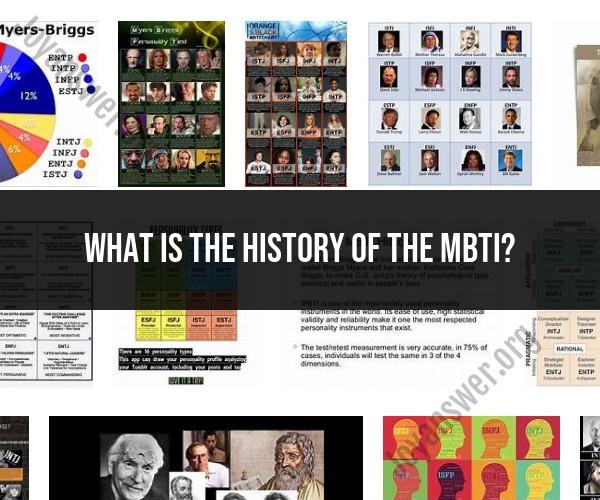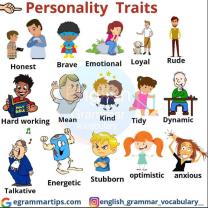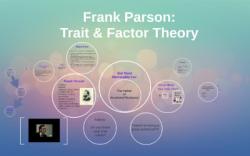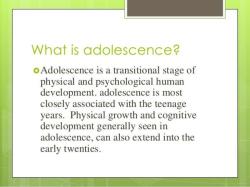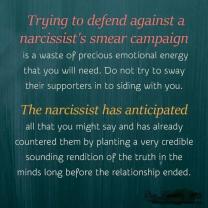What is the history of the MBTI?
The Myers-Briggs Type Indicator (MBTI) is a widely recognized personality assessment tool that was developed by Katharine Cook Briggs and her daughter, Isabel Briggs Myers. Its origins can be traced back to the early 20th century, and its development occurred over several decades. Here's a brief history of the MBTI:
Early Beginnings (Early 20th Century): Katharine Cook Briggs, a housewife and mother, began her exploration of personality types and the idea that understanding personality differences could improve personal relationships. She was particularly influenced by the work of Carl Jung, a Swiss psychiatrist who introduced the concept of psychological types in his book "Psychological Types," published in 1921.
Briggs' Work (1920s-1930s): Katharine Cook Briggs conducted extensive research and developed her own theory of personality types, drawing heavily from Jung's ideas. She created a preliminary questionnaire to identify personality traits and types.
Collaboration with Isabel Briggs Myers (1930s-1940s): Katharine's daughter, Isabel Briggs Myers, joined her mother in refining the personality assessment tool. Together, they developed a more comprehensive questionnaire, expanding on the original ideas and incorporating additional dimensions of personality.
Publication of the MBTI (1943): In 1943, Isabel Briggs Myers published the first version of the MBTI in a book titled "Manual: A Guide to the Development and Use of the Myers-Briggs Type Indicator." The MBTI was initially intended as a tool to help women entering the workforce during World War II identify suitable job roles based on their personality preferences.
Research and Validation (1950s-1960s): Isabel Briggs Myers continued to refine and validate the MBTI through research and collaboration with experts in the field of psychology. She sought to demonstrate the utility and reliability of the assessment.
Widespread Adoption (1970s-Present): The MBTI gained popularity in various sectors, including education, business, and counseling, during the 1970s and beyond. It became widely used for personal development, career counseling, team building, and improving interpersonal relationships.
Criticism and Controversy: Over the years, the MBTI has faced criticism from psychologists and researchers who have questioned its scientific validity and reliability. Some argue that it oversimplifies the complexity of human personality and that the dichotomous categories may not accurately capture the intricacies of individual differences.
Despite its criticisms, the MBTI remains a popular tool for self-awareness, personal growth, and team development. Many people find value in the insights it provides about their own personality preferences and communication styles. While the MBTI may not be considered a precise scientific instrument by some, its historical significance in the field of personality assessment is undeniable. It continues to be a topic of interest and debate in psychology and related fields.
